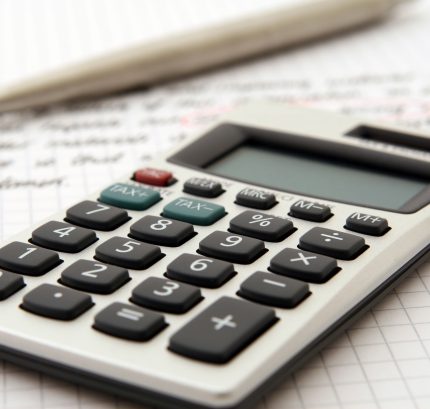The Mortgage Pre-approval serves three purposes:
– It will let you know the maximum you are qualified for
– Lets you lock-in interest rate for 120 days
– A mortgage pre-approval can also help your negotiating power. Buyers who are not pre-approved might be perceived as an unprepared buyer for a potential seller.
Final thoughts: Remember, the size of a down payment affects the total cost of a mortgage
Save as much as you can for your down payment. The bigger the down payment, the smaller the mortgage, which can save you thousands of dollars in interest charges.







